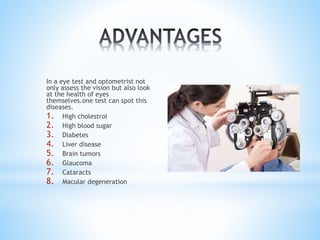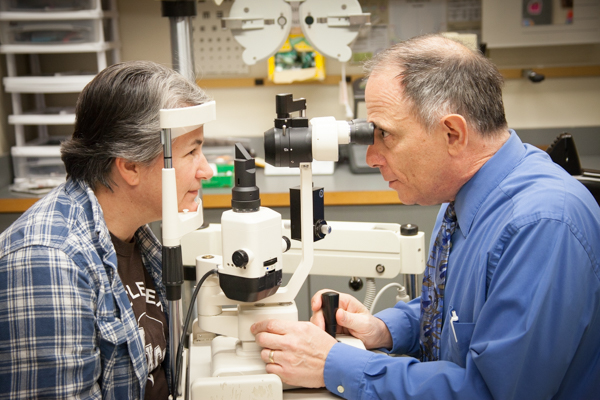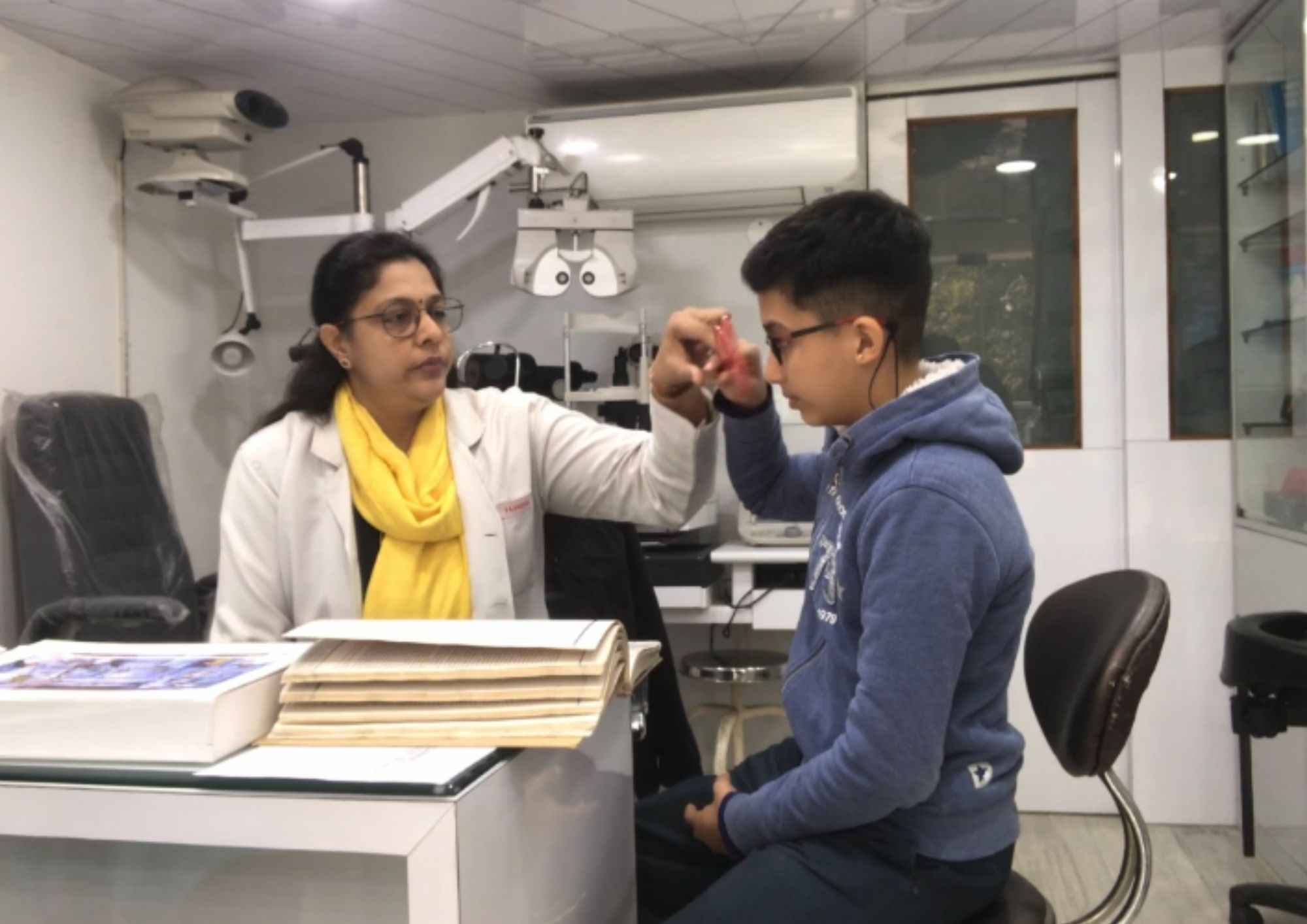The Duty of Advanced Diagnostic Equipment in Identifying Eye Disorders
In the world of ophthalmology, the use of advanced analysis tools has actually reinvented the early recognition and administration of various eye problems. As the need for precise and timely diagnoses continues to expand, the integration of sophisticated devices like optical coherence tomography and aesthetic area testing has ended up being essential in the world of eye treatment.
Value of Early Diagnosis
Very early medical diagnosis plays an essential role in the reliable administration and treatment of eye conditions. By finding eye problems at a very early phase, healthcare carriers can supply ideal treatment strategies tailored to the details condition, ultimately leading to better end results for patients.

Technology for Identifying Glaucoma
Advanced analysis innovations play an important duty in the very early detection and tracking of glaucoma, a leading root cause of permanent blindness worldwide. One such technology is optical comprehensibility tomography (OCT), which supplies comprehensive cross-sectional photos of the retina, permitting for the measurement of retinal nerve fiber layer density. This measurement is vital in analyzing damage brought on by glaucoma. One more sophisticated device is aesthetic area testing, which maps the sensitivity of a client's aesthetic field, aiding to identify any kind of areas of vision loss feature of glaucoma. In addition, tonometry is made use of to measure intraocular stress, a major danger factor for glaucoma. This examination is essential as raised intraocular pressure can bring about optic nerve damage. Furthermore, more recent innovations like using expert system formulas in assessing imaging information are showing promising lead to the early detection of glaucoma. These sophisticated diagnostic devices enable eye doctors to detect glaucoma in its very early stages, permitting prompt treatment and far better management of the illness to avoid vision loss.
Function of Optical Comprehensibility Tomography

OCT's ability to measure retinal nerve fiber layer density allows for precise and objective dimensions, assisting in the early detection of glaucoma even before aesthetic area issues end up being evident. Generally, OCT plays a critical duty in boosting the analysis precision and administration of glaucoma, inevitably adding to far better end results for people at danger of vision loss.
Enhancing Medical Diagnosis With Visual Field Screening
An important part in thorough ocular examinations, visual field screening plays an essential function in improving the diagnostic process for various eye conditions. By assessing the full level of a patient's visual field, this test offers essential information concerning the functional stability of the entire aesthetic pathway, from the retina to the visual cortex.
Aesthetic area testing is specifically useful in the medical diagnosis and administration of problems such as glaucoma, his explanation optic nerve problems, and different neurological illness that can impact vision. Via quantitative dimensions of outer and main vision, clinicians can identify refined modifications that might suggest the existence or development of these disorders, also before noticeable symptoms take place.
Furthermore, aesthetic field testing permits for the monitoring of therapy effectiveness, assisting eye doctors tailor restorative interventions to individual patients. eyecare near me. By tracking adjustments in aesthetic area efficiency in time, doctor can make informed decisions regarding changing medications, advising surgical interventions, or applying other suitable procedures to preserve or enhance a patient's aesthetic function
Taking Care Of Macular Deterioration

Final Thought
In final thought, progressed analysis devices play a crucial function in recognizing eye conditions early on. Technologies such as Optical Comprehensibility Tomography and visual field testing have actually significantly boosted the precision and effectiveness of diagnosing problems like glaucoma and macular deterioration.